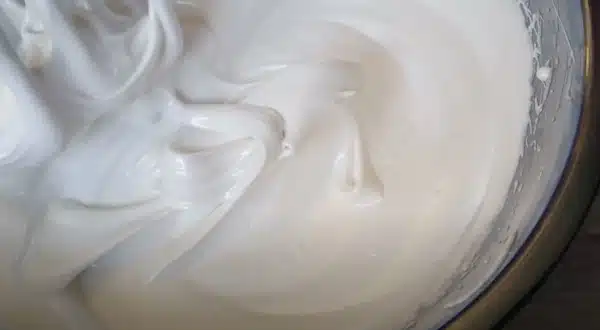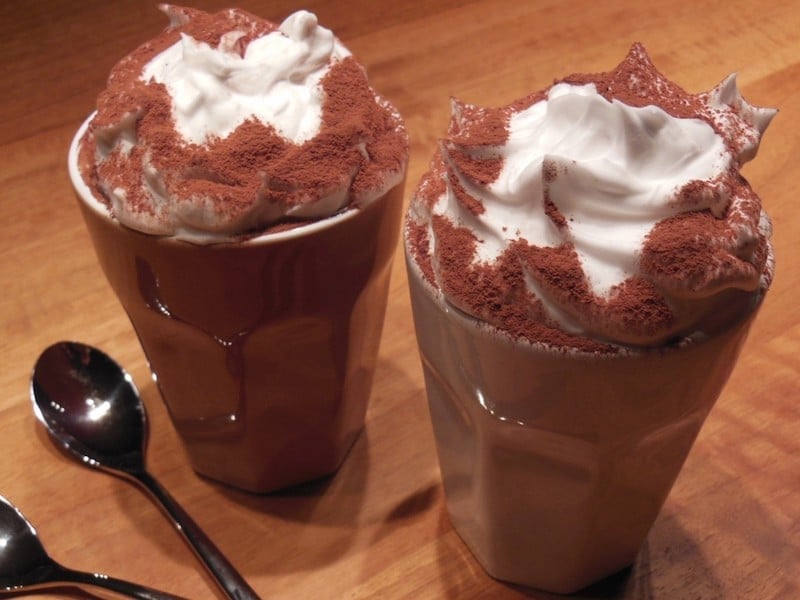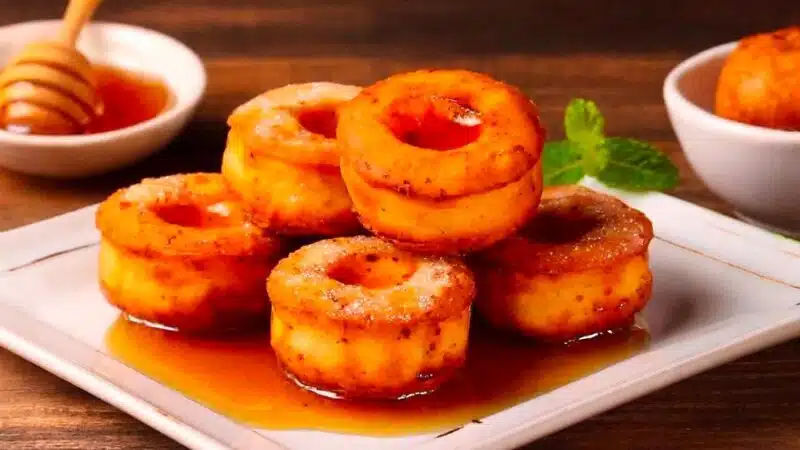Good morning, good afternoon, good evening, or whenever you're opening this post. Welcome back to Paulina Cocina! In today's episode, we're going to learn how to make Swiss merengue . And we're not talking about a rhythmic, swinging dance, don't get me wrong.
In another blog post, we discussed the three most popular types of meringues: French, Swiss, and Italian. We discussed their differences and their various uses in dishes, desserts, and cakes. In another post, we focused more on the trickiest of the bunch. It's not actually that complicated, but it does have its tricks: the Italian meringue .
This recipe is a middle ground; it's not as simple as French meringue, but it doesn't require as much attention as Italian meringue. It's quick to make and comes out super shiny and beautiful! Swiss meringue doesn't set as firm as Italian meringue, but it's still very good. Ideal if you're not yet up for making very complicated things but need to decorate your desserts.
Do you have egg whites left over from another recipe and don't know what to do? Do you want to decorate a cake but don't know what to put on it? Here's the answer to all your questions!
About this Swiss Meringue Recipe
The Swiss meringue recipe we're going to make today is literally the middle ground between two meringue extremes. The French one is super easy but unstable like life itself. The Italian one is as firm as a statue's curl but quite complicated to make (at least until we find the technique).
And Swiss meringue is always neutral territory. It's a bit more "complicated" than French meringue and a bit less firm and stable than Italian meringue . What Swiss meringue does have is that it's the creamiest of all. We can use it as is to fill cakes or decorate pies since it's food-safe. When heating the egg whites, beware of any bugs that the egg can have!
To cook this Swiss meringue recipe we must keep in mind the same advice we gave you for the Italian one: all the utensils to be used must be clean and dry, you can add lemon juice or cream of tartar to whiten and improve its consistency and if we are going to add a coloring it must be at the end, when the meringue is already firm (and it must be water-soluble, if it is with an oily base it complicates our lives).
We must add one more detail: this Swiss meringue should be consumed, if possible, the same day it's prepared. I already told you above that it's not very stable, and after that time, it will begin to lose water and collapse, and all will be anger and pain.
Oh, one more thing, if you're planning to cook the meringue, whether to make meringues or a Pavlova cake or whatever... Something very, very, VERY important is that the maximum temperature should not exceed 100°C. The time depends on the size of the meringue you want to cook. The important thing is to keep the temperature below 100°C.
If the meringue is very large, it may take up to 4 hours or perhaps a little longer to fully cook. Another tip if you're going to cook the Swiss meringue: once it's cooked, turn off the oven and leave the meringues there undisturbed. Don't disturb them. Leave them undisturbed in the oven until they're cold. If you're in a hurry, don't try to cook the meringues. That's the reward for those with the patience of a saint.
Ah, cooked meringue. To preserve it, it's best to do so in an airtight container, away from moisture. This way, it'll keep its crispness much longer. Otherwise, it absorbs moisture from the environment and becomes rubbery and has a rather unpleasant texture.
Yes, much more, on to the recipe! We'll be waiting for the next one. I recommend using it for a Lemon Pie , it's a surefire winner.
Gabu
Assistant
Preparation: 20 minutes
Cooking: 2 minutes
Total time: 22 minutes
Ingredients
- Whites of 4 eggs
- 200 gr of sugar
- A few drops of lemon
How to make Swiss meringue step by step
it's just 2 steps!
- In a bowl, place the egg whites and sugar. Heat the water in a double boiler, with the water on low, and whisk until the sugar is completely dissolved. Be very careful not to exceed 60°C, which is the temperature at which the egg white begins to coagulate. If necessary, remove the bowl from the heat occasionally.
- Once the sugar has dissolved, remove from heat and begin beating with an electric mixer at medium speed. Add the lemon drops and continue beating, gradually increasing the speed, until the meringue is firm and glossy.
- When finished beating, the meringue should be lukewarm, or rather cool, and should form peaks that stay upright when lifted from the mixer.
Ready! Your Swiss meringue is ready to use!






I'm asking why the meringue fades when it comes into contact with Chantilly cream. That's my only problem.
I always have doubts about how to make the meringue dry and how to make it last, dry, after adding dulce de leche, they become moist on the second day. I have tried several times.
Thank you very much. This clears up a lot of my doubts. What I understand is that the sugar should be double the volume of the egg whites.
Dear Paulina, you are always a happy girl. I follow your very good recipes. Merry Christmas with your family. Thank you Irma;
Can you make a buttercream with this meringue?
Excellent
Zuizo meringue is so easy to make. Thank you so much for sharing it, my friend Paulina. Greetings from Venezuela. August 17, 2021, 2:02 pm.